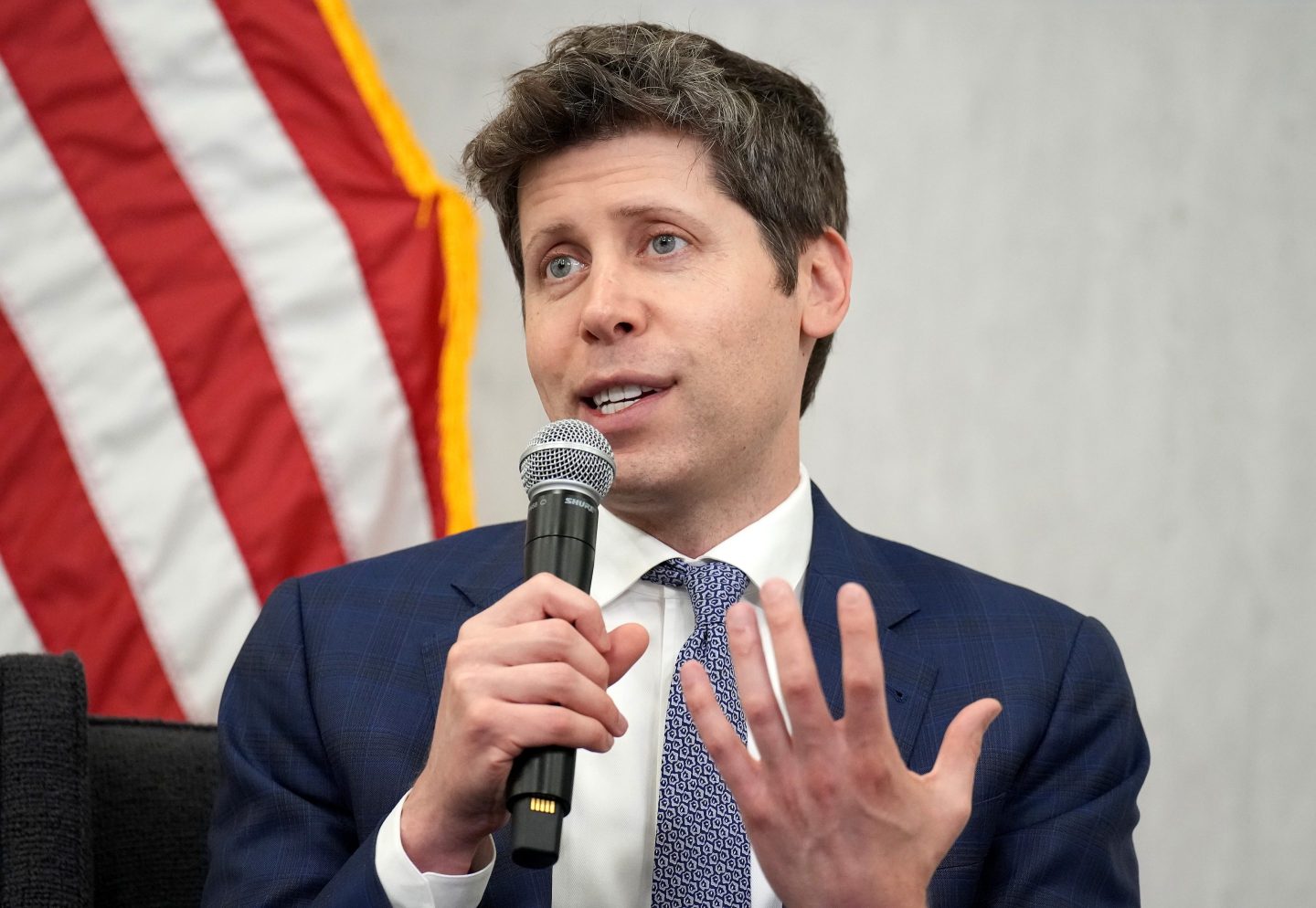In Zillow’s newly released survey of more than 14,000 adults in 29 metro areas nationwide, 82% of respondents supported allowing at least one multifamily option in their neighborhood. That figure dropped slightly among homeowners, with 78% supporting at least one multifamily home in their neighborhood. And, to no surprise, renters were the highest supporting segment, with 89% supporting at least one multifamily option in their neighborhood.
But interestingly enough, there was only a slight difference in the two groups sorted based on their income. Generally, higher-income residents living in the so-called more desirable zip codes have “not in my backyard” (NIMBY) tendencies, partly in fear that an increase in density could affect their own property values. From Zillow’s survey, 83% of respondents with a household income of less than $50,000 supported at least one type of additional housing in their neighborhood. Meanwhile, 82% of respondents with a household income of $50,000 to $100,000 said the same. That’s only a 1% difference among two, potentially very different, income brackets.
Affordability is deteriorating as higher mortgage rates coincide with rising home values, amid tight inventory nationwide and a wave of demand for housing. After all, 65% of respondents from this survey claimed to be worried about the cost of housing in their neighborhood. Zillow’s solution? Build more homes, which isn’t necessarily a novel idea, but rather one that’s proposed often by several prominent voices.
“There is no easy fix, but building more homes is likely the most effective tool to rein in price growth,” Manny Garcia, senior population scientist at Zillow and author of the report, wrote.
Garcia continued: “Zillow research has shown that modest densification measures—allowing two units on 10% of single-family lots across some of the largest U.S. metros—could help boost critically needed housing supply enough to meaningfully slow housing price growth. This latest survey shows a growing consensus among homeowners and renters that similar measures should be taken in their own neighborhoods to address affordability.”
The uptick in support for allowing “missing middle homes in residential neighborhoods,” as Zillow put it, could have something to do with shifting demographics, as younger generations move into homeownership. For instance, 91% of Gen Z and millennial respondents supported at least one multifamily unit in their neighborhood. Meanwhile, only 69% of boomer respondents supported having at least one multifamily home in their neighborhood.
Still, some respondents opposed the addition of at least one multifamily home in their neighborhoods, unless they were built within a 15-minute walk of parks, recreation, and frequent transit service, and required that at least 10% be affordable to low- and middle-income families.
Additionally, support for more multifamily housing in the respondents’ neighborhoods varied among housing types. ADUs (accessory dwelling units) seemed to be the most favorable, with 84% of respondents supporting the integration of ADUs in their neighborhoods. Duplexes and triplexes also received a fair amount of support, with 78% of respondents in favor of those multifamily additions. Meanwhile, only 73% of respondents support the addition of a large condo or apartment complex with 50-plus units.
“More and more people understand that the key to stopping runaway housing costs is to build more homes,” Garcia said, in a press release. “There is majority support among renters and homeowners, higher and lower wage earners, suburban and urban households, who all say we need more housing and support it in their neighborhoods.”












